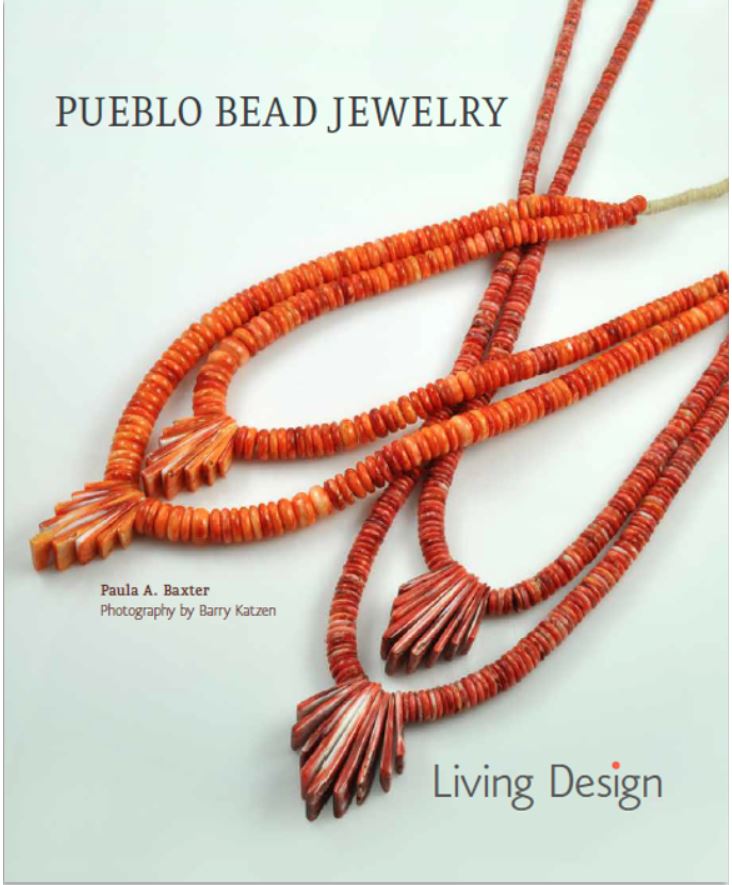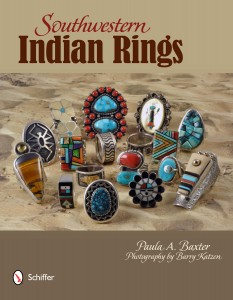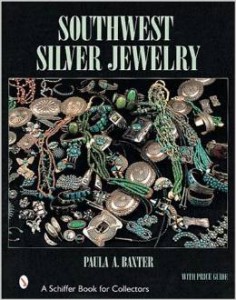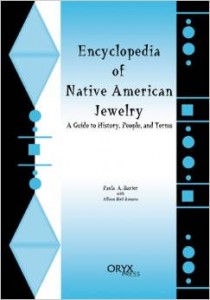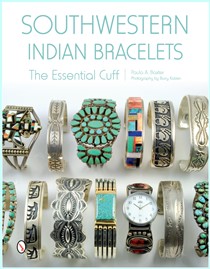The other day I got a book out of the library at the college where I work. Catherine C. Robbins wrote All Indians Do Not Live in Teepees (or Casinos) (University of Nebraska Press, 2011) based on many years of journalistic pursuits in the Southwest. Her stories from Indian Country cover a wide range of topics and issues. One of my favorite chapters, however, concerns the Indian artist’s frustration with the “buckskin ceiling” applied to Native art-making. Sometimes this ceiling is also a box: one in which non-Native expectations of how Indian art should look remain “pickled” in the past. Native artists have been rolling their eyes about this problem since the 1960s.
When I write about Indian jewelry, I work hard to make it clear that labels used for certain jewelry forms have come from outsiders. What is traditional seems silly when one looks at Southwestern Indian metal jewelry-making. Unlike in Mesoamerica, Natives of the American Southwest did not acquire the process of metallurgy until its colonial era when Mexican and then European American settlers (many of them soldiers) taught them the craft.
